Emmilou Roessling
Work
Portrait Landscape Reclining Figure
Schemes of an Hour
Info
Dates
Work
Portrait Landscape Reclining Figure
Schemes of an Hour
The Longest Sentence*
Untitled (I-III)
Day Sculptures
15th of September 2022
The Planets
Copernicus Drift
Spheres
Wrapped Paintings
The Fraternity
Fluff
Water Cooler Chat
Cascade
Press
Info
Dates

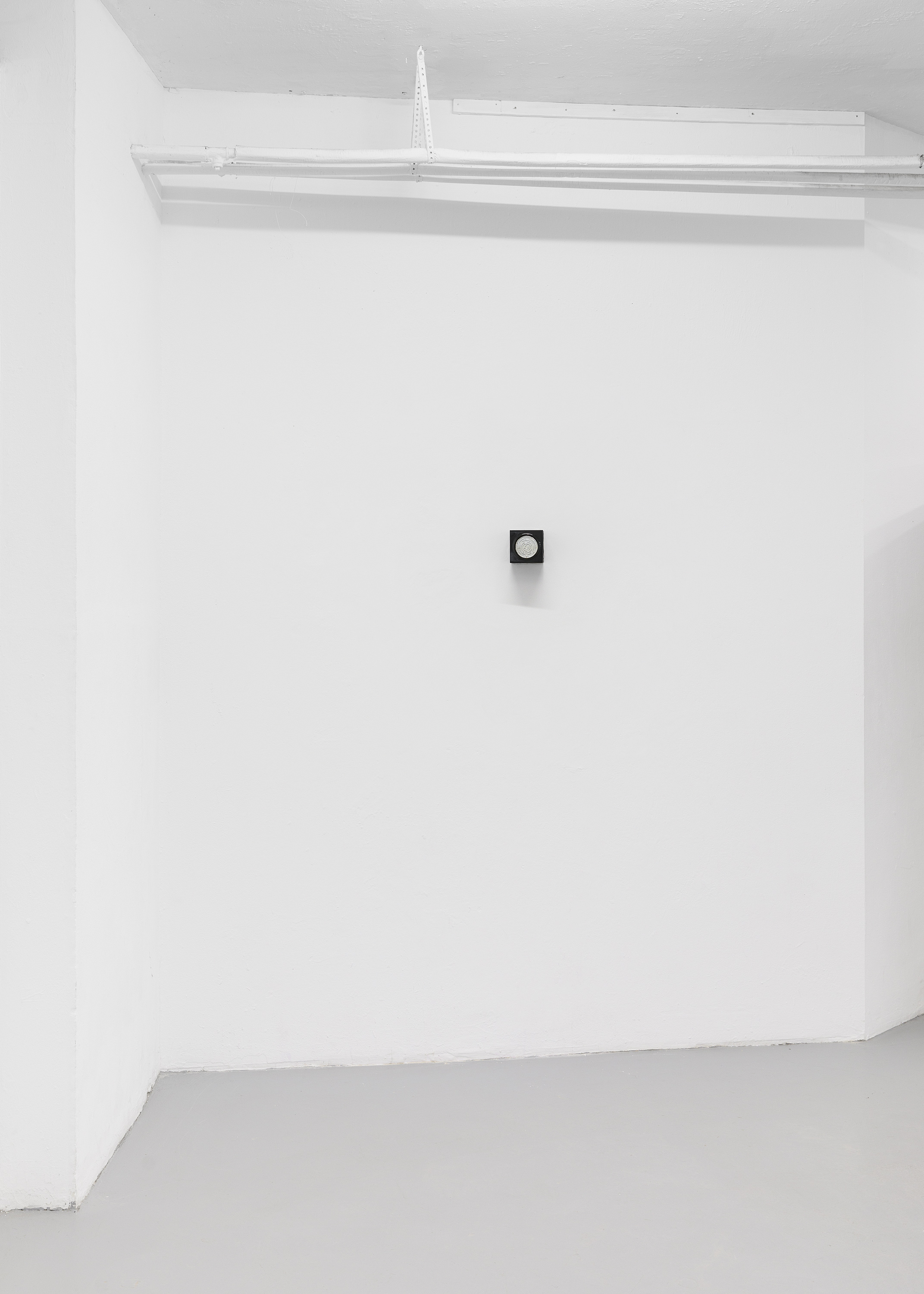

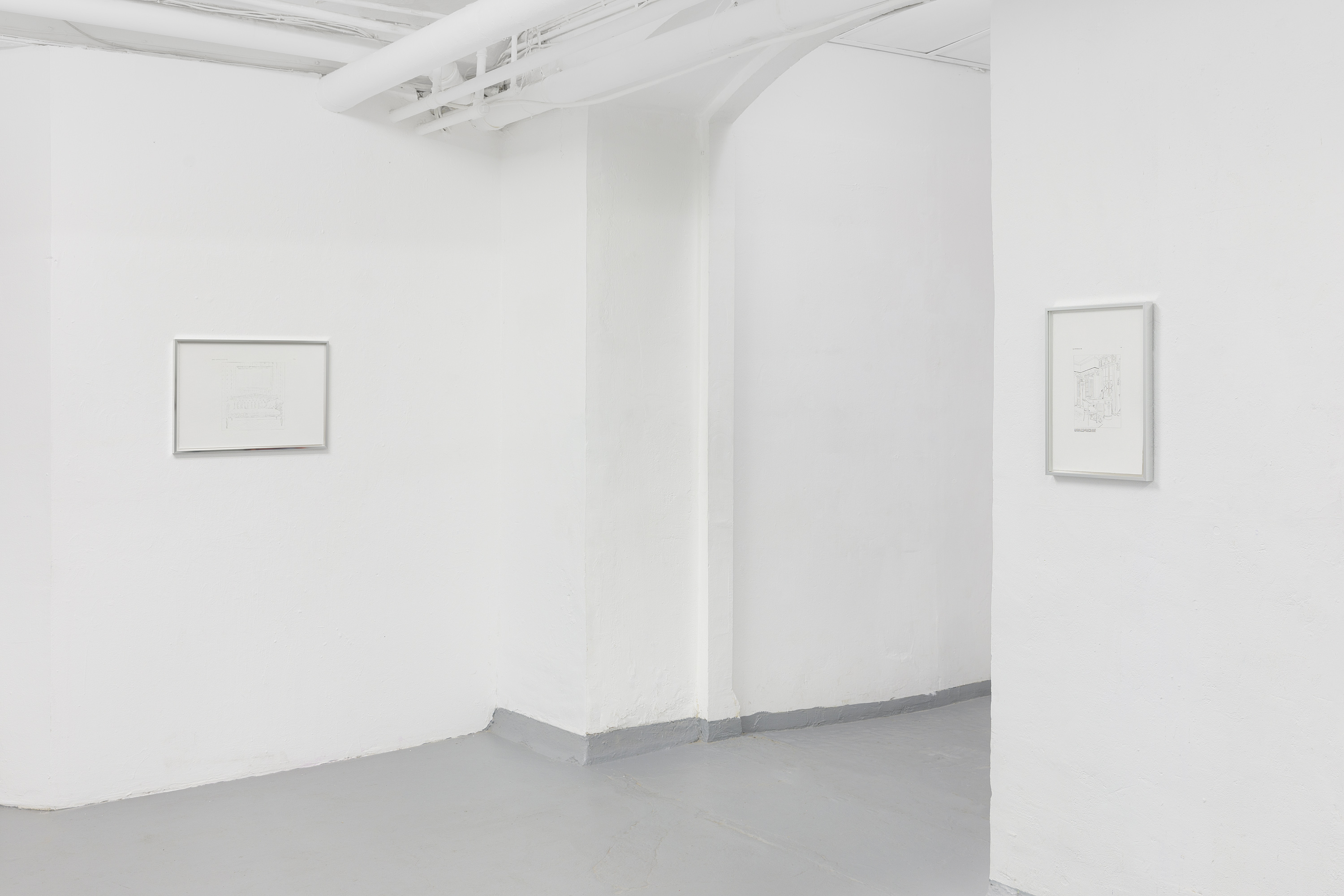
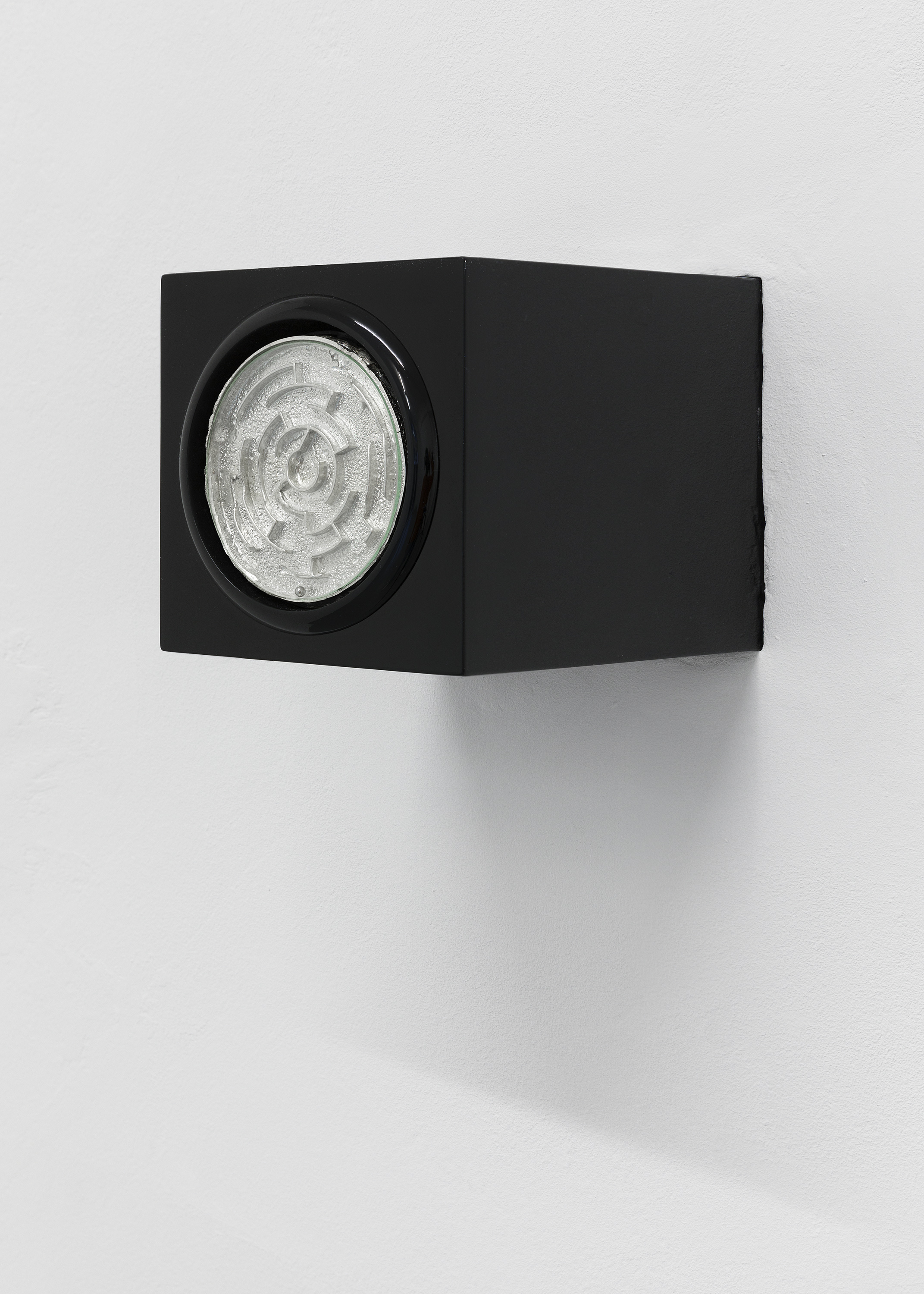

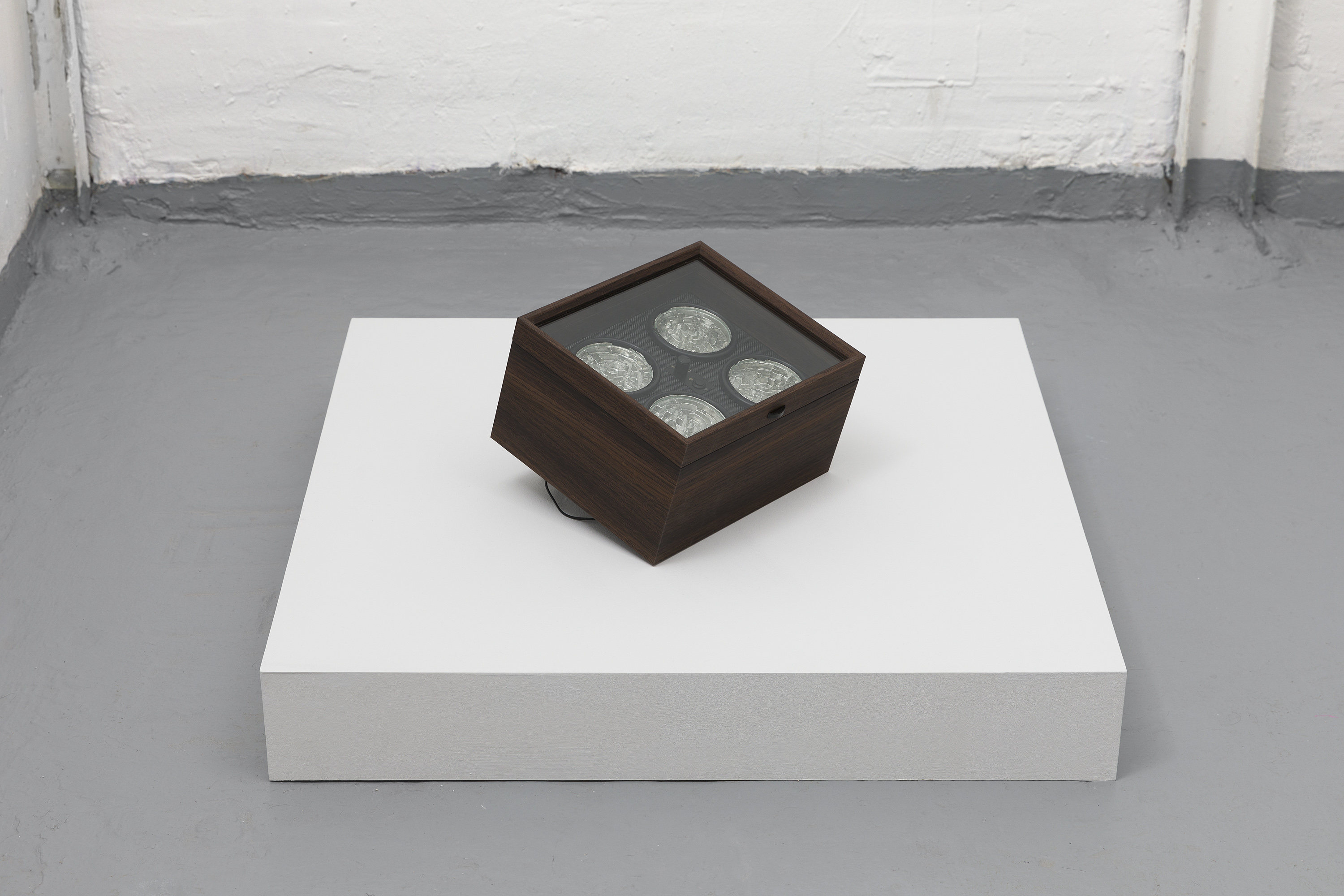
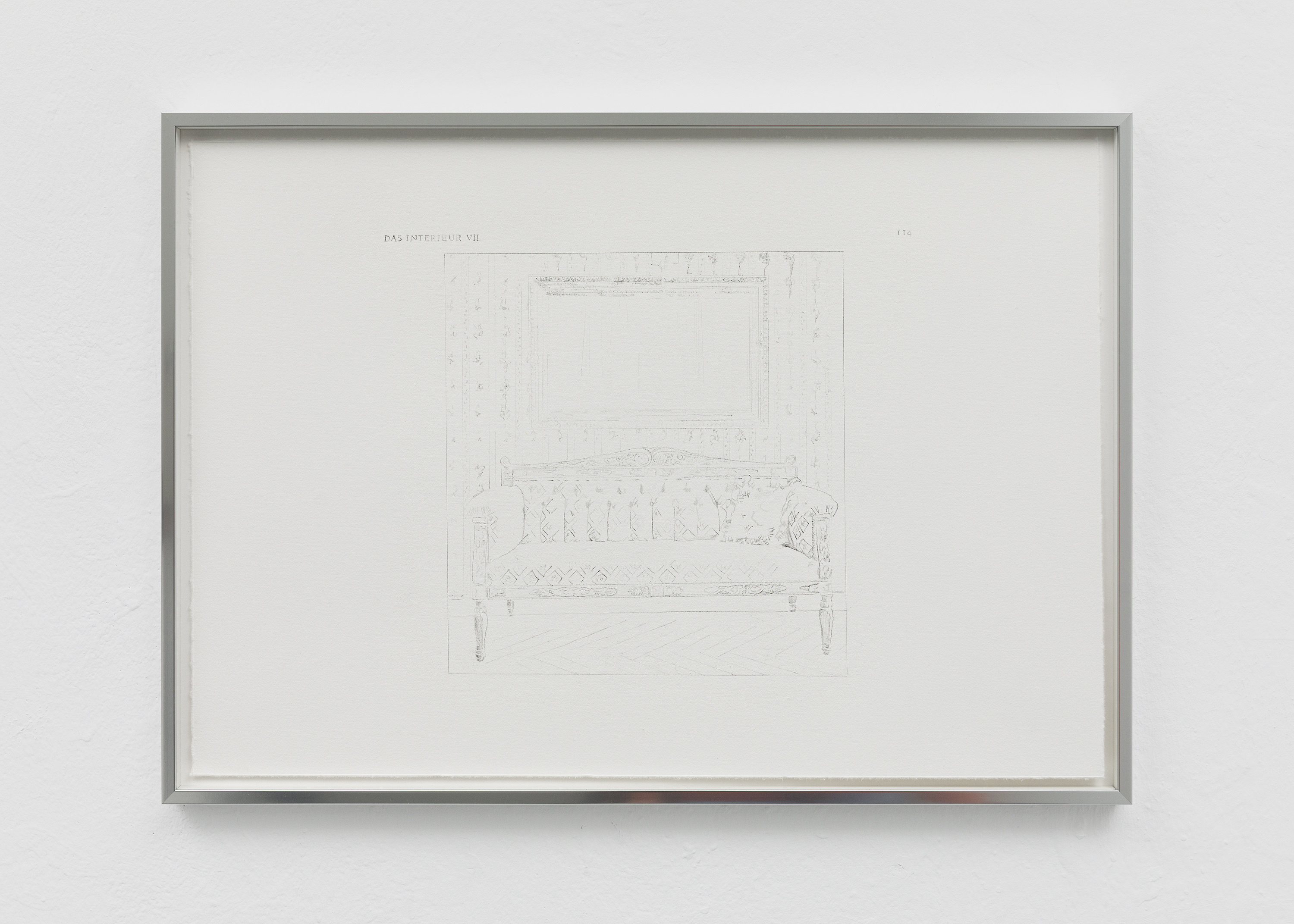


Portrait –– Landscape –– Reclining Figure
Emmilou Roessling
January 24th — February 13th, 2025
Basis e.V. Project Space
Elbestraße 10
60329 Frankfurt a. M.
Nostalgia, deriving from the Greek words nóstos for homecoming, and álgos for suffering, was once considered a curable disease. The history of German philosophy is replete with illusions to homecoming and philosophical homelessness. The series “Moebelpoesie” comprises a series of Biedermeier-style interior drawings reproduced from the magazine Das Interieur (Editions V–VII), which in the early 20th century distributed illustrations targeted at popular audiences. Growing to prominence in the first half of the 19th century, Biedermeier — a cultural movement closely linked to an emergent German bourgeois morality, displaying a modest but well attended lifestyle, and a withdrawal from the sphere of politics –– was already receding from cultural ascendency into the realm of cliché and nostalgic pastiche by the time of Das Interieur’s publication.In contrast to the prototypical style of Biedermeier ‘Zimmerbilder‘ (interior paintings)
which often displayed rooms, these illustrations depict a closer, more cropped perspective, more uncertain than the carefully composed interiors of the early 1800s.
Three sculptures within the exhibition correspond to three conventional pictorial genres from which the show derives its name. Upon entering the gallery one is faced by a portrait which presents a black cube slotted directly into the wall in an otherwise empty room. A landscape and a reclining figure follow in another room. All sculptures make use of a device typically designated for holding one or several mechanical watches. Mechanical watches, unlike their digital counterparts, rely on a spring and a carefully tuned balance wheel to keep the time, harnessing the kinetic energy of the wearer as their sole source of power. Watch winding machines artificially reproduce the movements of a human, turning back and forth at randomly programmed intervals in order to keep the gears in motion perpetually. These devices are repurposed to hold small metal reproductions of children‘s labyrinths within which small steel balls ceaselessly bounce back and forth throughout the passages — a low stakes game without resolution. If the mechanical watch presents a historically particular mode of timekeeping, namely that of Capitalist modernity, where trains, factories and logistical nodes all move to a carefully synchronized rhythm, the labyrinth represents something older, more tangled. While mechanical time moves relentlessly forward, progressing towards new sites of knowledge and value production, labyrinthine time holds no promise of progression, and is riddled with uncertainty, backtracking and regression. Labyrinthine time is the rejoinder to the common-sense notion of “one damn thing after another.”
Lucretius understood that history was animated by “clinamen” –– the unpredictable swerve of atoms. For if the atoms did not swerve, “they would all fall straight down through the depths of the void, like drops of rain, and no collision would occur.” Uncertainty animates history; the rise and fall of civilizations are driven by the relentless force of the atomic swerve. Similarly, Svetlana Boym argues that the force of nostalgia is a “rebellion against the modern idea of time, the time of history and progress.” That such rebellion is too often mobilized towards imagining homelands which never existed remains the clear danger of nostalgia. Yet Boym reminds us that the longing for homecoming which is central to nostalgia can serve as a force which unites people in their spiritual non-belonging, all subject to the inscrutable yet inevitable force of the
clinamen.
Jackson Beyda
click here for works list

